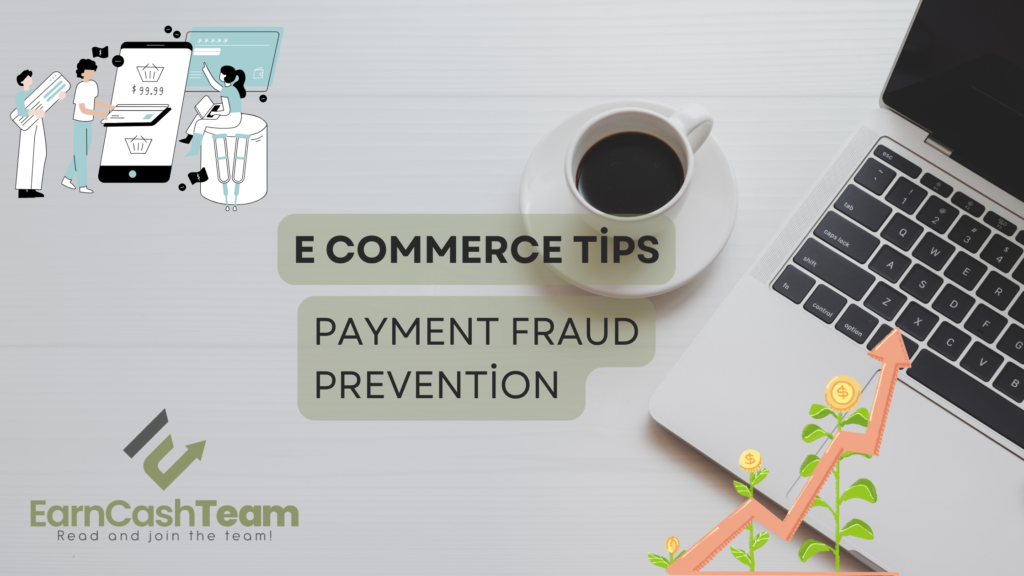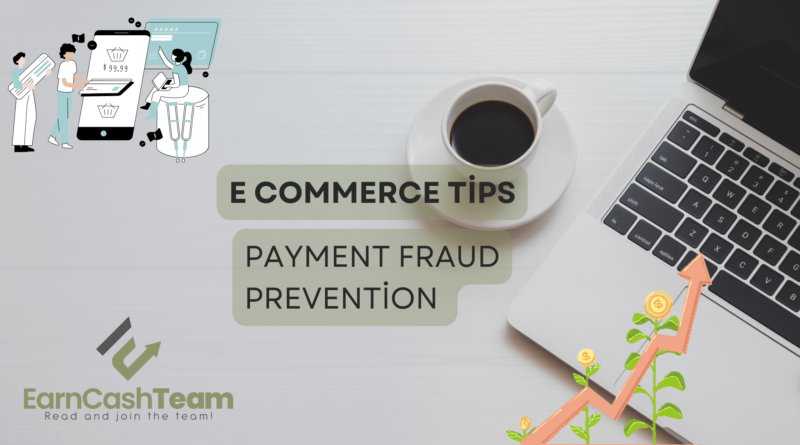Payment Fraud Prevention in E-Commerce
Payment fraud prevention in e-commerce refers to using technology to detect, stop and report fraudulent transactions. While payment fraud can lead to substantial financial loss for merchants and damage customer trust, there are ways you can minimize its effects while protecting your business from further risk.
The most frequent form of fraud involving stolen credit card data involves criminals accessing underground web markets that sell stolen card details and using them to make online purchases using this stolen data. Not only is the card owner defrauded, but the retailer must refund his purchase as well as pay chargeback fees to the bank that issued his card.
You can check out other tips about e-commerce with us!

Therefore, it’s essential that your fraud detection software stays up-to-date. New fraud tactics appear regularly and your system must quickly recognize and report suspicious activity. In addition, having an experienced team investigating chargebacks – with someone knowledgeable of e-commerce understanding the process and being able to spot patterns of fraud – is vital.
As another method to lower fraud risk, limit the personal information collected from customers. Doing this will make it more difficult for hackers to break into your systems and steal information. In addition, avoid collecting sensitive data like Social Security numbers, birth dates or addresses as this will allow early detection and minimize the damage done to your business by any potential hack attempts.
Fraudsters often try to remain hidden by placing low-value orders. To help guard against this, keep an eye out for transactions using the same billing and shipping address or IP locations (such as Indonesia). Also look out for any purchaser using virtual proxy or emulator to conceal their real location.
Fraud to keep an eye out for includes card testing, where fraudsters make small purchases with stolen credit or debit cards to test whether they still function, as well as refund abuse in which customers return items they didn’t purchase and/or weren’t happy with, such as electronics they never intended on keeping.
Finally, it’s essential to track and monitor your fraud rate and have a plan for scaling as your business expands. Fraudsters could become increasingly attractive targets as you expand, which increases costs associated with fraud. Strong customer authentication measures could include two or multifactor authentication as well as facial or fingerprint scanning technology.
Fighting fraud ultimately requires sophisticated and flexible defensive strategies to match the tactics employed by fraudulent actors. By understanding different forms of fraud, you’ll be better able to safeguard both your business and customers from potential attacks.
Careful planning and an investment in fraud protection can protect your business from major losses while building customer trust – two essential goals in an age when customers expect secure purchasing experiences. By decreasing reliance on personal data and adopting innovative technologies, you can increase customer confidence while decreasing fraud risk.




